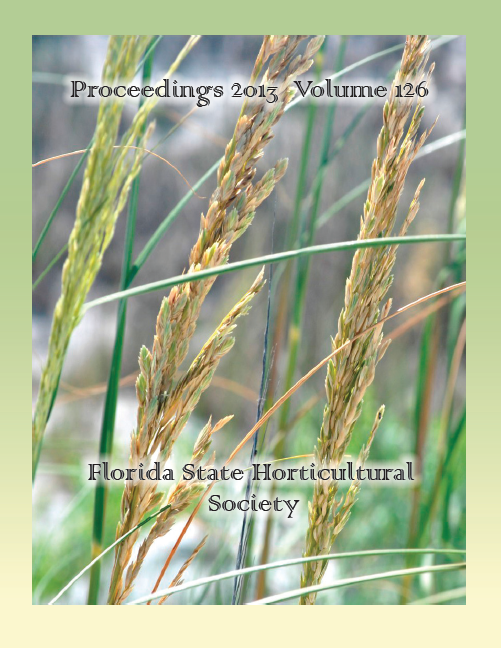Abstract
Chlorine dioxide (ClO2), a strong oxidizing and sanitizing agent, is used as a postharvest sanitizer for fruits and vegetables and is generally applied on a packing line using a ClO2 generator. The objective of this research was to study the physiological responses of strawberries to ClO2 when applied to the fruit using a crystalline form packaged in a “sachet” attached to a polyethylene clamshell. The ClO2 was released gradually during storage and distribution. Strawberries were packed in commercial clamshells, with or without ClO2 treatments, and stored at 1 and 5 °C for 14 d to simulate cold storage/shipping conditions and at 10 and 20 °C for 7 d to simulate refrigerated and non-refrigerated shelf conditions. The effect of ClO2 on strawberries was assessed by determining weight loss, firmness, surface color, soluble solids content (SSC), titratable acidity (TA), respiration rate, and ethylene production. Chlorine dioxide concentration at 0.5 g per clamshell markedly slowed weight loss and softening of strawberry fruit at 10 °C or below. This effect disappeared when ClO2 dosage was 0.2 g per clamshell at any temperature, or storage temperature was 20 °C at any ClO2 dosage. Soluble solids content and TA were stable during storage regardless of storage temperature and ClO2 treatment. Surface color values were not significantly different between treatments.

